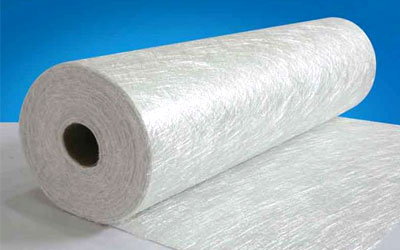
With the rise of environmentally conscious campaigns, people have become more inclined to choose sustainable materials and products. They understand the importance of preserving the environment for future generations. Many items now embrace eco-friendly principles—including fiberglass. E-glass fiber, in particular, is often described as an eco-responsible material. So, what sets E-glass fiber apart from other types like C Glass Fiber?
Contents
How E-Glass Is High Performance Yet Environmentally Friendly
The growing mass production of fiberglass for diverse applications has encouraged manufacturers to explore more sustainable processes. Environmental stewardship is a collective responsibility, aiming to keep our planet healthy for decades to come. Below are ways E-glass fiber can support this goal:
- Use of glass fiber reinforcement. By reinforcing products with glass fiber, manufacturers can create lighter yet strong components, potentially lowering carbon dioxide emissions (e.g., through reduced transportation weight).
- Pollution prevention. Many manufacturers implement pollution-control measures (e.g., advanced filtering, emission controls) during production to minimize environmental impact.
- Removal of boron or fluoride in some formulations. (Verify) Some manufacturers modify the glass composition—such as reducing boron or fluoride content—to decrease dust particulates or emissions during processing.
- Modern melting technology. Up-to-date furnaces and melting techniques can improve energy efficiency and lower emissions.
- Optimized energy use. Reducing energy consumption in production helps lower the carbon footprint of fiberglass manufacturing.
Properties of E-Glass Fiber
Fiberglass is a synthetic material formed by combining a resin (often polyester or epoxy) with glass fibers. One common variety is E-glass fiber, so named for its “electrical” properties—specifically, its low electrical conductivity.
- High Strength-to-Weight Ratio: Despite being lightweight, E-glass fiber exhibits notable strength, making it useful in applications ranging from small-scale projects (like sporting goods) to large industrial endeavors (like wind turbine blades).
- Low Electrical Conductivity: E-glass fiber is an excellent electrical insulator, which is why “E” stands for electrical-grade glass.
- Corrosion Resistance: Like most fiberglass types, E-glass resists many chemicals and does not corrode like metals.
- Alkali-Free/Borosilicate Composition: E-glass is made primarily from alumina-calcium borosilicate glass, giving it low alkali content and good thermal and mechanical properties.
The Structure and Characteristics of E-Glass Fiber
Fiberglass, in general, is a composite material composed of at least two main components: the glass fiber (reinforcement) and a resin or polymer matrix (binder). E-glass is one of the most commonly used reinforcements for several reasons:
- Ideal for Electrical Insulation: As the “E” indicates, E-glass fiber has superior electrical resistance. It is widely used in applications such as printed circuit boards or insulating panels.
- Moisture Resistance: E-glass fiber maintains its properties even in damp or humid conditions, which is crucial for outdoor or marine applications.
- Broad Commercial Availability: E-glass fiber is produced on a large industrial scale and is typically more cost-effective than specialty glass fibers.
Typical Composition (by weight %) of E-glass fiber includes:
- Silica (SiO₂): ~52.5–53.5%
- Lime (CaO): ~16.5–17.5%
- Magnesia (MgO): ~4.5–5.5%
- Alumina (Al₂O₃): ~14.5%
- Soda/potash (Na₂O/K₂O): <1.0%
- Boric oxide (B₂O₃): ~10.0–10.6%
Because of these components, E-glass is often termed borosilicate glass, reflecting its low alkali content and its ability to withstand electrical and thermal stress.
Final Thoughts
E-glass fiber remains a staple in the fiberglass industry due to its balanced properties: strength, electrical insulation, corrosion resistance, and relative affordability. While “eco-friendly” is sometimes used to describe E-glass—due to factors like potentially lower emissions in modern production and the ability to create lighter structures—“environmentally responsible” ultimately depends on the specific manufacturing processes used. Always look for manufacturers and suppliers who are transparent about their energy use, emissions controls, and material sourcing if environmental impact is a key concern.
